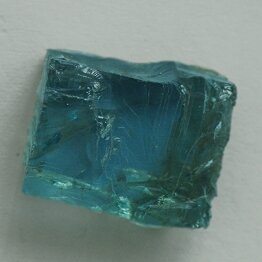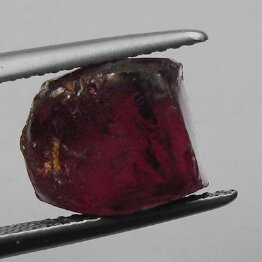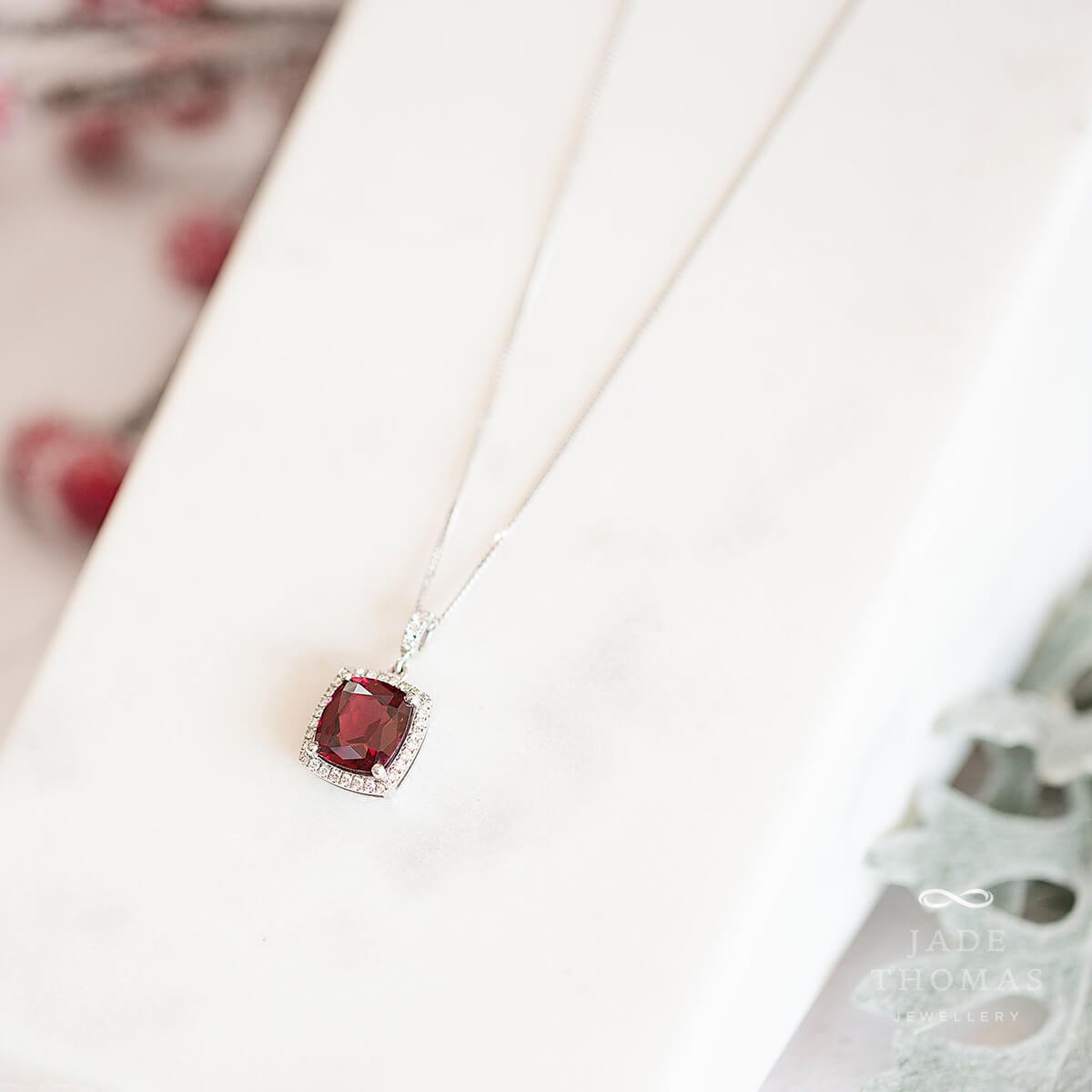This Aquamarine:
This lovely Asscher (Octagon) cut Aquamarine is 2.38ct and 8.25mm high x 7.82mm wide x 5.91mm deep.
It was mined on Valentine’s Day - the 14th February 2019. Mining Location : Mozambique
I purchased it on the 18th March 2019.
Aquamarine
The stone before cutting.
After cutting.
Mozambique has recently started producing some excellent quality aquamarines which rival the famous Santa Maria Aquas from Brazil. These top color gems - known as Santa Maria Afrique to differentiate them from their Brazilian counterparts - have hardly been seen at all for the last several years. Unlike the vast majority of Aquamarines which are quite pale, these have a far more intense blue color.
In the remote area of Macula in the Zambezia province of Mozambique in Southern Africa lies an area of mining claims mined by local artisanal miners. These miners search daily for the much sought after “Santa Maria Afrique” Aquamarine that exists below the surface in pegmatites hundreds of millions of years old.
Pegmatites are igneous rocks which form during the final stages of a magma’s crystallization. In the early stages of crystallization of the magma in this area, the ions that form high-temperature minerals were depleted from the melt. Rare ions that did not participate in the crystallization of common rock-forming minerals became concentrated in the melt and in the excluded water. These ions formed this beautiful Aquamarine. This gorgeous, sparkling gem lay below the earth’s surface for many hundreds of millions of years, its brilliance masked by the tons of rock above it, until finally it was hued from the earth and sunlight released its inner fire.
Once mined, it was carefully cut to international standards. Because these gems are highly dichroic (meaning that they have different colours on different axes of the crystal), they have to be carefully cut to get the best colour. The aquamarines from this deposit are deep blue on one axis, and light green on the other. If the stone is cut with the green axis facing up, then the blue will be far less prominent, resulting in an inferior stone. Hence the cutter has to be very careful to cut on the correct axis to maximize the colour. Often this axis is the smaller axis resulting in a smaller stone than would have been achieved cutting on the greener axis and this was the case with this stone.
The result was this spectacular, rare Aquamarine. The intense blue colour is set off to great effect by superb cutting. Clean lines in the Ascher cut generate intense light reflections within the stone serving to enhance the colour. Top clarity. A fantastic Aquamarine.
Gem Report
Mining Report
Diamond report
Aquamarine
Aquamarine, like Morganite and Emerald, is derived from the mineral beryl. The ancient Romans believed that aquamarine would protect against any dangers while travelling at sea.
Caring for Aquamarine
It has a hardness of 7.5-8 on the Mohs Scale, Gems with a hardness of 6-7 or greater are quite suitable for rings which are worn occasionally. For a ring like a wedding or engagement ring, intended for everyday wear over a period of years, a hardness rating of 8-10 is recommended. Warm, soapy water is the best method for cleaning aquamarine. The use of ultrasonic and steam cleaners is not generally recommended, just in case the stone has liquid inclusions or fractures, invisible to the eye.







































